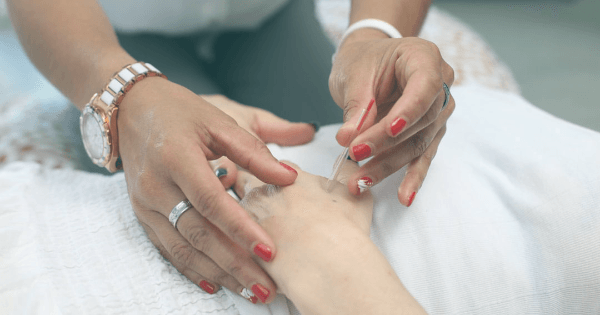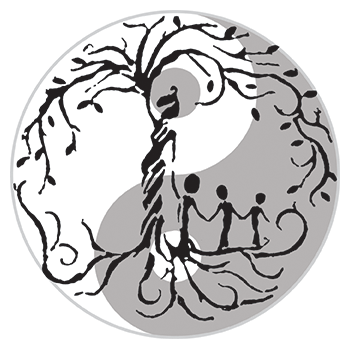Caregiver Burnout
Are you in that sandwich generation where you still have young children who need your care and aging parents who also need your care?
A caregiver can be anyone who is caring for children, parents, a neighbor, a spouse or anyone with a chronic illness, incapacities, or any other broad range of needs. Whether you live with the person that you are caring for or spend time traveling to them to provide care, it can be taxing on you as a caregiver. All too often caregivers “forget” to take care of themselves or put themselves at the bottom of the priority list.
So what exactly is caregiver burnout? As per the AMA, caregiver burnout is defined as “a state of physical, emotional and/or mental exhaustion that can create negative and unconcerned caregiver attitudes. Caregiver burnout can occur when caregivers don’t get the help or support they need, and when the demands on a caregiver’s mind, body and emotions are overwhelming, leading to fatigue and sometimes hopelessness.”
Some signs and symptoms of caregiver burnout include:
- Feeling overwhelmed or constantly worried
- Feeling tired often
- Getting too much sleep or not enough sleep
- Gaining or losing weight
- Becoming easily irritated or angry
- Losing interest in activities you used to enjoy
- Feeling sad
- Having frequent headaches, bodily pain or other physical problems
- Abusing alcohol or drugs, including prescription medication
Take this short quiz to see where you fall on the scale of caregiver burnout:
Microsoft Word - KS CG Burnout self exam (leadingagekansas.org)
How to help yourself?
The most basic thing that you can do is to BREATHE. Big slow deep breaths frequently throughout the day helps to keep you centered and grounded. It helps to nourish your body and brain with valuable oxygen and slow down your general stress and anxiety.
EAT GOOD FOOD.
Eat nutritious and healthy foods. Think about putting gas in your car. If you are driving a high powered sports car and it takes premium gas to run optimally, but you decide that you are going to put regular gas in because it is cheaper, how well is that fancy car going to ride? Sure it will drive but it will not function at its highest capacity. Your body is the same. Your food is your gas. If you are constantly fueling yourself with high calorie, surgery, processed\ foods, sure your body will go but definitely will not be functioning at its highest capacity.
FIND SUPPORT.
This may look very different for different people. This may be a trusted friend/ relative/ spouse that you can share your troubles with. This may be a therapist. This may be a support group for caregivers. For inexpensive or free resources check your insurance company directory, local library, place of worship, or senior center. If you are caring for someone with a chronic illness you may want to check out the national organizations for local support groups like : https://www.alz.org/ , cancercare.org .
TAKE A BREAK.
It is difficult to pour from an empty cup. It is important to take time to recharge and refill your cup. Whatever that may look like to you, it is a necessary step to take. It could be applying for respite care for an elderly parent, hiring a babysitter, reading a book while the baby naps, getting up early for a morning walk while listening to your favorite podcast. It really does not matter but learning to destress and take care of yourself is essential for being in a healthy frame of mind to be a successful caregiver. Just like they say on airplanes, place your oxygen mask on yourself first then help others. It is the same concept, take care of yourself first and then you can help others. You will be a happier, better provider for doing so.
When functioning with caregiver burnout, if left unaddressed, can have detrimental effects for both the caregiver and the person being cared for. “Almost 25 percent of caregivers providing more than 40 hours of care per week report their own health has deteriorated as a result of providing care, and more than half of surveyed caregivers report their health decline has affected their ability to provide care”, according to the AMA.
When a caregiver experiences burnout, they can become less empathetic ,increasingly impatient and even argumentative with the person they are caring for. Feelings of burnout can lead to increased levels of anxiety and depression for the caregiver—often demonstrated by an increase in alcohol or stimulant use— the caregiver could be mentally and physically impaired, causing risk to the person being cared for. In addition, symptoms of burnout such as depression, anxiety and exhaustion often result in a lowered immune system, putting the caregiver at risk for illness and adverse health outcomes.
If this sounds like something that you or a loved one may be dealing with, it is important to recognize and seek out resources.
Below are a list of professional organizations that provide resources for caregivers:
Dedicated to Finding a Cure for ALS | The ALS Association
Caregiving - Advice & Inspiration | CaringBridge
acl.gov/programs/support-caregivers/national-family-care…
National Family Caregiver Support Program | ACL Administration for …
Working Daughter - A Community For Women Balancing Caregiving and Career
Home - Family Caregiver Alliance
Home - Support for Parents of Children with Disabilities (p2pusa.org)
NAMI Family Support Group | NAMI: National Alliance on Mental Illness
This is by no means a complete list of resources but it is certainly a great place to start.



CONTACT
Smithtown, NY
OPENING HOURS
Available 7 Days a Week
Open Hours by Appointment Only
OPENING HOURS
Available 7 Days a Week
Open Hours by Appointment Only
Just Enjoy Life | Privacy Policy & Accessibility | All Rights Reserved | Powered by PS Digital
